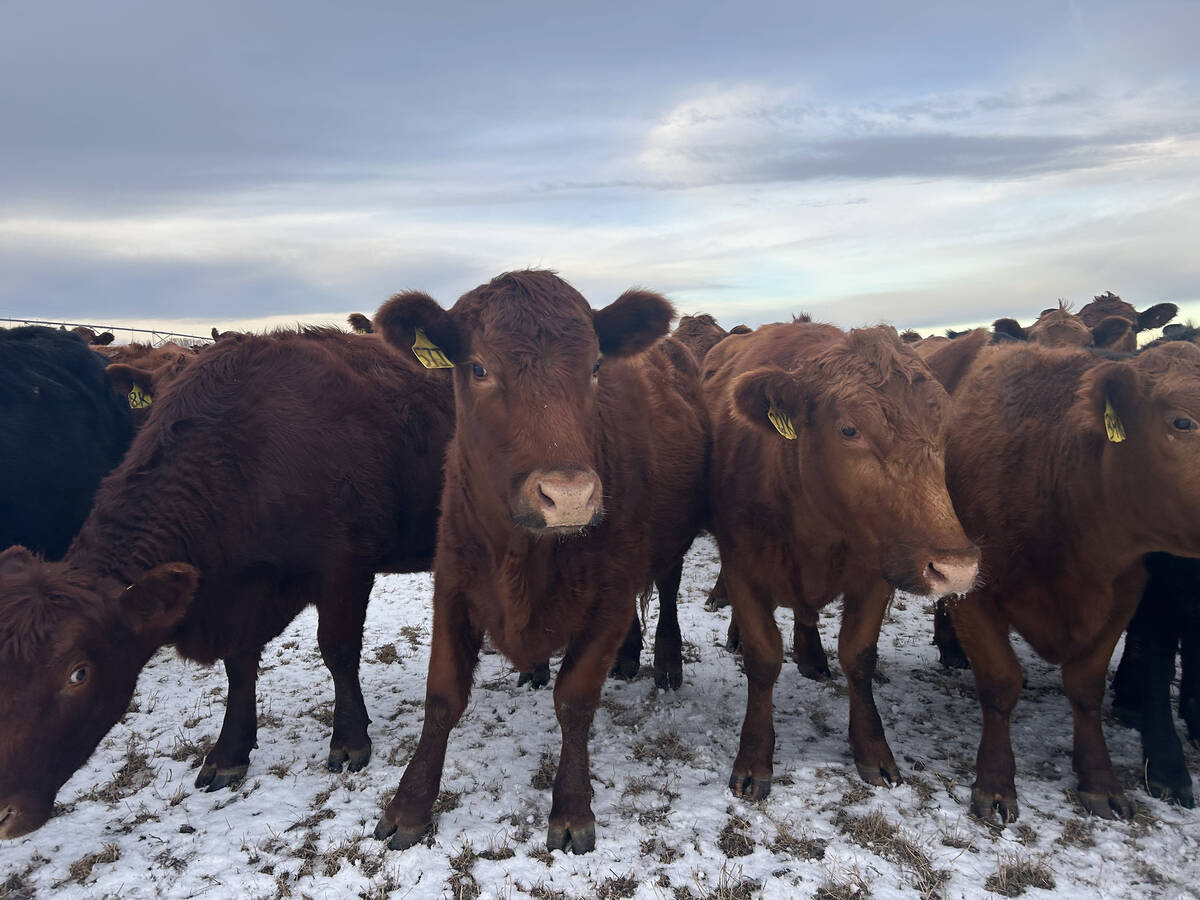Glacier FarmMedia | MarketsFarm — Seeding progress in Saskatchewan is slightly ahead of the historical pace due to warm and windy conditions during the week ended May 26.
The province’s crop report released on May 29 said seeding was 88 per cent complete, ahead of the five-year average of 82 per cent and the 10-year average of 85 per cent at this time of year.
The southwest was the furthest along in its seeding at 95 per cent complete, just ahead of the west-central region at 94 per cent, the northwest region at 93 per cent and the northeast region at 92 per cent. The east-central region (81 per cent) and the southeast region (80 per cent) lagged behind.
Read Also

Feed Grain Weekly: Prices levelling as demand wanes
Soft demand has feed grain prices levelling off, said Darcy Haley, vice-president of Ag Value Brokers in Lethbridge, Alta.
Field peas and lentils made the most progress at 98 per cent and 95 per cent complete, respectively. Triticale was 94 per cent planted, followed by durum and spring wheat (93 per cent), mustard (92 per cent), chickpeas (91 per cent) and barley (89 per cent). Canola was 83 per cent planted, while seeding for oats was 79 per cent complete, canary seed was 75 per cent finished and flax was reported at 73 per cent. Perennial forages were at 55 per cent and soybeans were at 48 per cent.
Weyburn received the most rainfall during the week at 66 millimetres, hindering seeding operations in the area. Griffin and Indian Head each received 20 mm and 18 mm, respectively.
Heat and wind caused a slight overall decline in topsoil moisture levels across Saskatchewan. Cropland topsoil moisture was at four per cent surplus, 65 per cent adequate and 27 per cent short. Hayland topsoil moisture was at two per cent surplus, 59 per cent adequate and 31 per cent short. Pasture topsoil moisture was reported to be one per cent surplus, 56 per cent adequate, 33 per cent short and two per cent very short.
Fall cereals were rated at 89 per cent normal crop development, while spring cereals were estimated to be 73 per cent normal. Pulse crops were 76 per cent normal and oilseeds were 73 per cent normal. Perennial forage was 79 per cent normal, while annual forage was 77 per cent normal.
Along with weather conditions, flooding and frost also caused minor crop damage, as well as flea beetles, wireworms and cutworms. There were also reports of grasshoppers hatching, but very few instances of crop damage attributed to them.
Seeding should be completed next week, while producers also move cattle to pasture as well as spraying fields and rolling land.
















